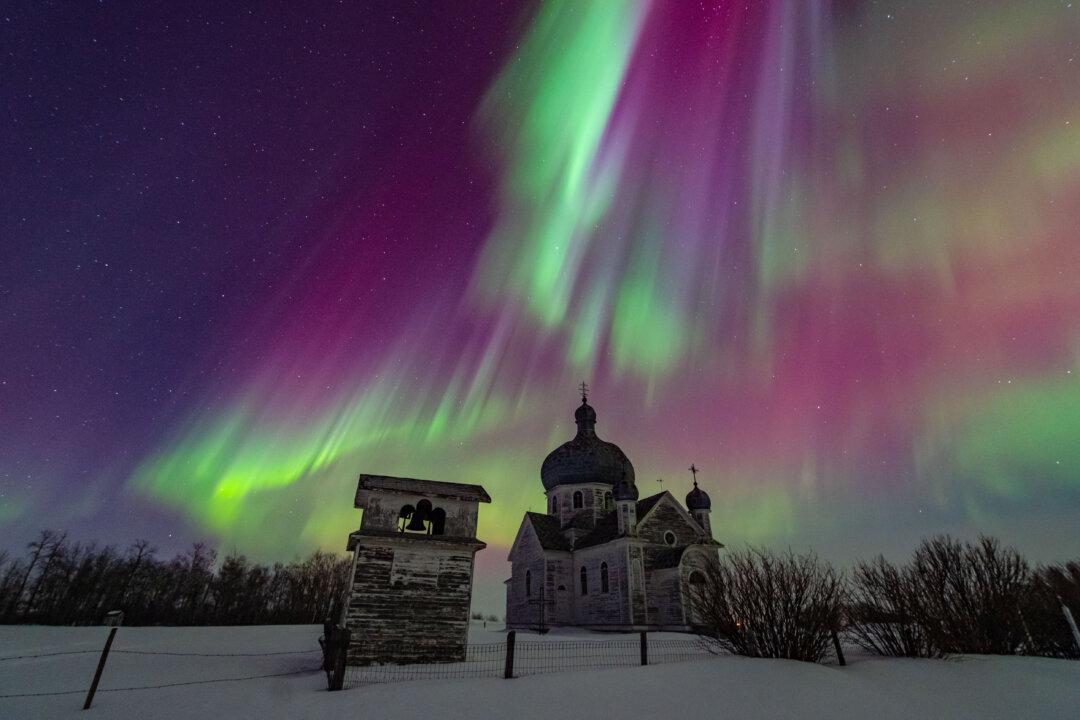Northern Californians have a rare chance to see the northern lights— typically best seen in Alaska—Friday and Saturday night amid a severe geomagnetic storm.
The rare event could mean the phenomenon—technically called aurora borealis— is visible in the United States from as far north as Alaska to as far south as Alabama.





